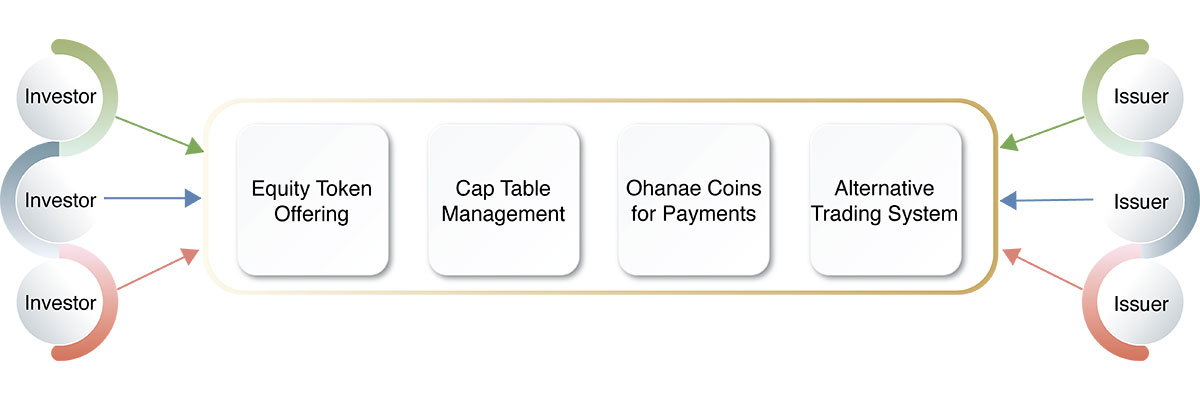
Web3 Equity Crowdfunding: Raising Funds and Managing Web3 Projects with Regulation A+ exemption of the JOBS ACT
Web3 Equity Crowdfunding based on the Regulation A+ exemption provides a potential way for Web3 companies to raise funds through the sale of equity tokens in compliance with securities laws in the United States while managing a Web3 project.
Regulation A+ allows companies to raise up to $75 million in a 12-month period by selling securities to both accredited and non-accredited investors. Equity tokens are created to represent ownership in the corporation, and investors receive these tokens in exchange for their investment. The corporation then manages the Web3 project using the funds raised through the equity token sale. It is crucial for companies to comply with securities laws and regulations, including anti-fraud and anti-manipulation provisions, when managing the project.
Web3 equity crowdfunding is a newer concept that allows companies to issue securities to a wider pool of investors through blockchain-based platforms. These platforms typically use smart contracts to automate compliance with securities laws, enabling investors to buy and sell securities in a peer-to-peer manner.
In a Web3 project, equity tokens and utility tokens serve different purposes. Equity tokens represent ownership in the company, while utility tokens are used to purchase goods or services within the project's ecosystem. To differentiate between the two types of tokens, the project should clearly define their purpose and usage within the ecosystem. This helps investors and users understand the differences between equity and utility tokens.
Using different symbols or names for the tokens is another effective way to distinguish between equity tokens and utility tokens. For example, equity tokens could use "OHANA" symbol to represent Ohanae class B common stock, while utility tokens could use "OUSD" symbol to represent Ohanae Coins, which are digital representations of US Dollars that are 1:1 pegged to deposits in the bank.
Overall, separating equity tokens from utility tokens requires careful planning and communication with investors and users.
The project should clearly define the purpose of each token, use different token symbols, and must comply with securities laws as appropriate. By following these guidelines, companies can successfully raise funds through the sale of equity tokens while managing their Web3 project in compliance with securities laws.
Disclaimer
An offering statement regarding this offering has been filed with the SEC. The SEC has qualified that offering statement, which only means that the company may make sales of the securities described by the offering statement. It does not mean that the SEC has approved, passed upon the merits or passed upon the accuracy or completeness of the information in the offering statement. The offering circular that is part of that offering statement is at https://vdr.ohanae.com/projects/ohanae. You should read the offering circular before making any investment.
Ohanae Securities LLC is a subsidiary of Ohanae, Inc. and member of FINRA/SIPC. Additional information about Ohanae Securities LLC can be found on BrokerCheck. Ohanae Securities LLC is in discussions with FINRA about exploring the expansion of business lines for the broker/dealer. Any statements regarding abilities of Ohanae Securities LLC are subject to FINRA approval and there are no guarantees FINRA will approve the broker/dealer’s expansion.
Ohanae Securities is seeking approval to be a special purpose broker-dealer that is performing the full set of broker-dealer functions with respect to digital asset securities – including maintaining custody of these assets – in a manner that addresses the unique attributes of digital asset securities and minimizes risk to investors and other market participants. Ohanae Securities will limit its business to digital asset securities to isolate risk and having policies and procedures to, among other things, assess a given digital asset security’s distributed ledger technology and protect the private keys necessary to transfer the digital asset security.